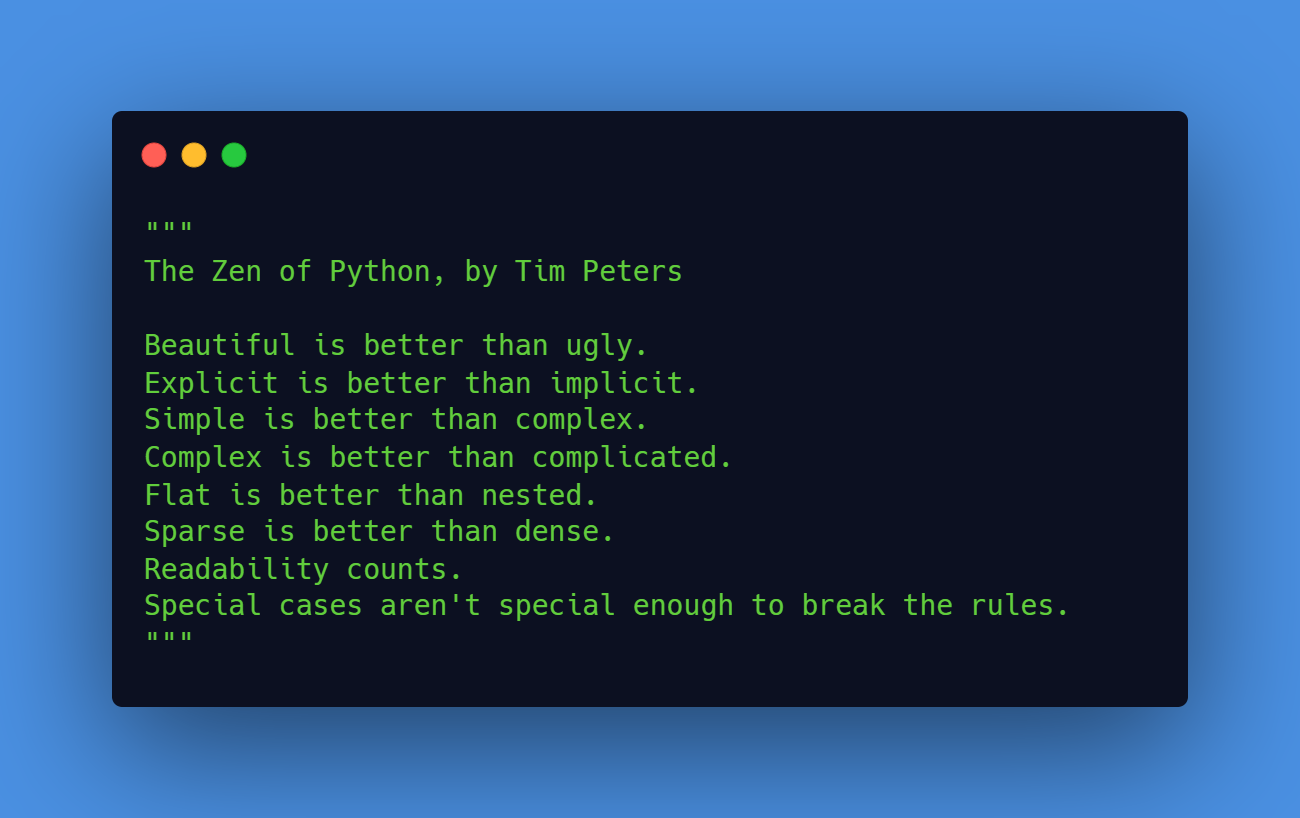Have you ever needed to send data from one computer to another quickly and efficiently? If so, you may be interested in learning about the User Datagram Protocol (UDP) and how to use it in Python.
In this article, we will cover the basics of UDP, how to send data using Python’s built-in socket library, and some considerations for optimizing your Python UDP send code.
What is UDP?
UDP is a connectionless protocol that allows for the transmission of data between devices on a network. It is a simple and efficient protocol that does not establish a dedicated connection between devices, but rather sends data in the form of packets (also known as datagrams) from one device to another.
One key difference between UDP and other, more established protocols like Transmission Control Protocol (TCP) is that UDP does not guarantee the delivery of packets. This means that it is up to the application layer to handle any errors or missing packets. However, this lack of error checking makes UDP ideal for real-time applications that require fast transmission of data, such as online gaming or voice over IP (VoIP).
Sending Data with Python’s socket Library
To send data using UDP in Python, we can use the socket library, which provides a low-level interface for creating and interacting with network sockets.
First, we will need to import the socket library and create a socket object:
import socket
# create a UDP socket
sock = socket.socket(socket.AF_INET, socket.SOCK_DGRAM)
Code language: Python (python)The AF_INET parameter indicates that we will be using a standard IPv4 address or hostname, and the SOCK_DGRAM parameter specifies that this is a UDP socket.
Next, we will need to bind the socket to a local address and port:
# bind the socket to a local address and port
sock.bind(('localhost', 8000))
Code language: Python (python)This will allow the socket to receive data on the specified port.
Now that we have a bound UDP socket, we can use the sendto() method to send data to a specific address and port:
# send data to a specific address and port
message = "Hello, World!"
sock.sendto(message.encode(), ('remote_host', 8000))
Code language: Python (python)Note that the sendto() method expects the data to be sent as a bytes object, so we need to encode our message as bytes using the encode() method.
Optimizing Your Python UDP Send Code
There are a few things to consider when optimizing your Python UDP send code:
- Packet size: To optimize the speed of your UDP transmission, you may want to experiment with different packet sizes. Smaller packets will be transmitted more quickly, but may be more prone to errors. Larger packets will take longer to transmit, but may be more reliable.
- Packet loss: As mentioned earlier, UDP does not guarantee the delivery of packets. To mitigate the effects of packet loss, you may want to consider implementing some form of error checking or retransmission in your application layer.
- Buffer size: The buffer size of your socket can also affect the speed and reliability of your UDP transmission. You can set the buffer size using the
setsockopt()method:
# set the buffer size to 1024 bytes
sock.setsockopt(socket.SOL_SOCKET, socket.SO_SNDBUF, 1024)
Code language: Python (python)Receiving Data with Python’s socket Library
In addition to sending data, the socket library can also be used to receive data using UDP. To receive data, we can use the recvfrom() method, which will block until data is received:
# receive data from a specific address and port
data, address = sock.recvfrom(1024)
Code language: Python (python)The recvfrom() method returns a tuple containing the received data and the address and port of the sender. The data is returned as a bytes object, so we may need to decode it using the decode() method:
# decode the received data
message = data.decode()
Code language: Python (python)It’s also important to note that the recvfrom() method has a built-in timeout, which can be set using the settimeout() method:
# set a timeout of 5 seconds
sock.settimeout(5)
Code language: Python (python)If no data is received within the timeout period, the recvfrom() method will raise a timeout exception.
Closing the Socket
Once you are finished using the socket, it’s a good idea to close it to release any resources that it may be using:
# close the socket
sock.close()
Code language: Python (python)Additional Resources
Conclusion
In this article, we covered the basics of UDP and how to use Python’s socket library to send and receive data over a network.
We also discussed some considerations for optimizing your Python UDP send code, including packet size, packet loss, and buffer size.
By following the tips outlined in this article, you should be well on your way to creating efficient and reliable UDP applications in Python.

Leave a Reply